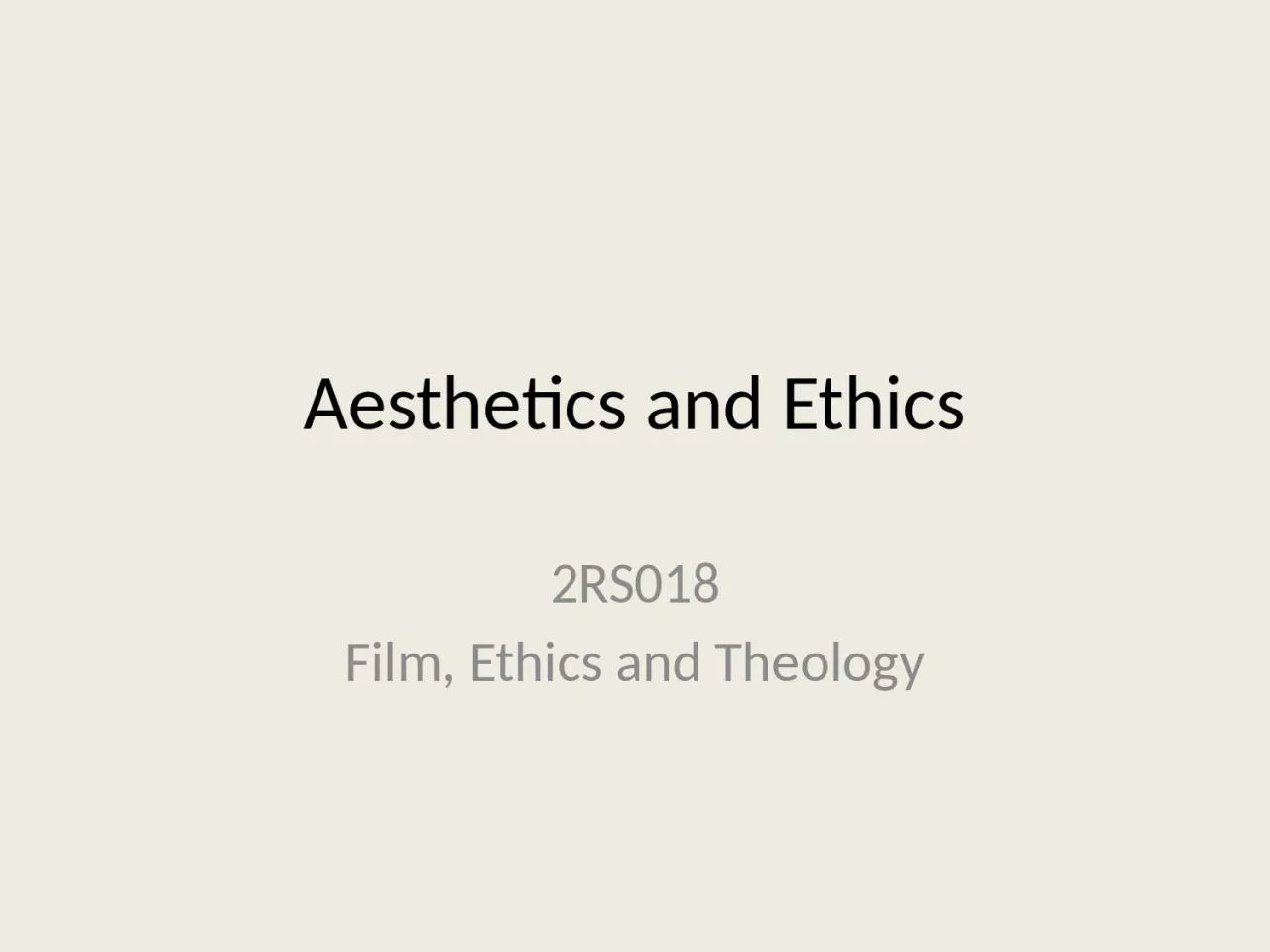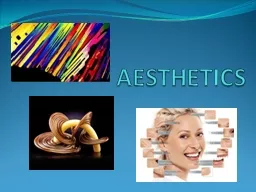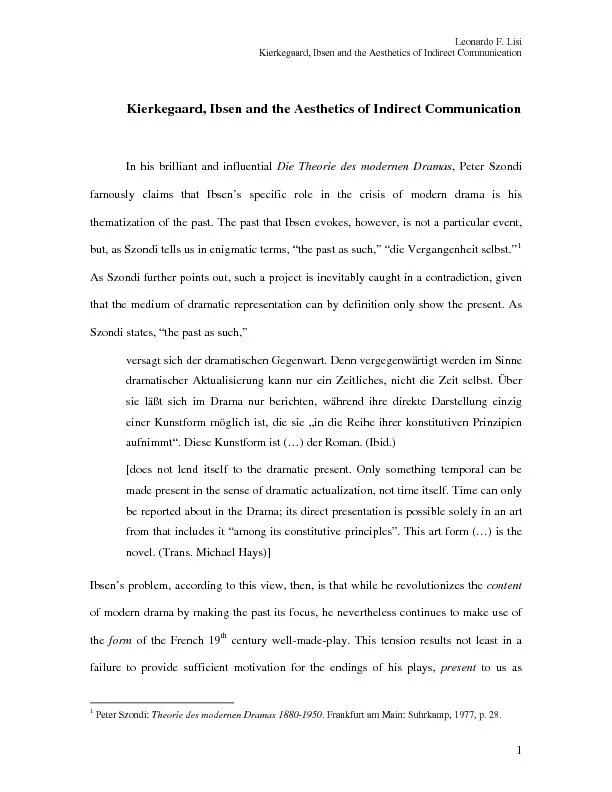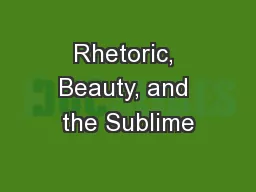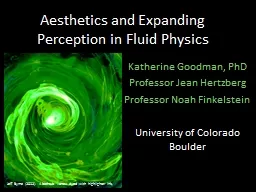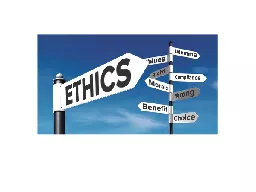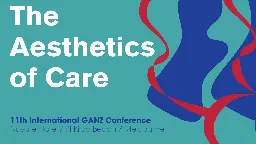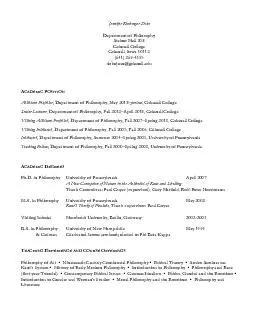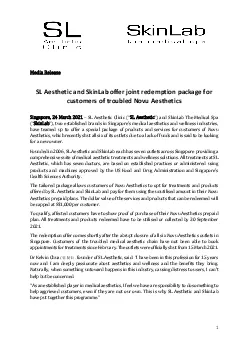PPT-Aesthetics and Ethics 2RS018
Author : anderson | Published Date : 2024-02-09
Film Ethics and Theology Ethics in film studies Robert Sinnerbrink notes that three links between film and ethics have been historically common in film studies
Presentation Embed Code
Download Presentation
Download Presentation The PPT/PDF document "Aesthetics and Ethics 2RS018" is the property of its rightful owner. Permission is granted to download and print the materials on this website for personal, non-commercial use only, and to display it on your personal computer provided you do not modify the materials and that you retain all copyright notices contained in the materials. By downloading content from our website, you accept the terms of this agreement.
Aesthetics and Ethics 2RS018: Transcript
Download Rules Of Document
"Aesthetics and Ethics 2RS018"The content belongs to its owner. You may download and print it for personal use, without modification, and keep all copyright notices. By downloading, you agree to these terms.
Related Documents

